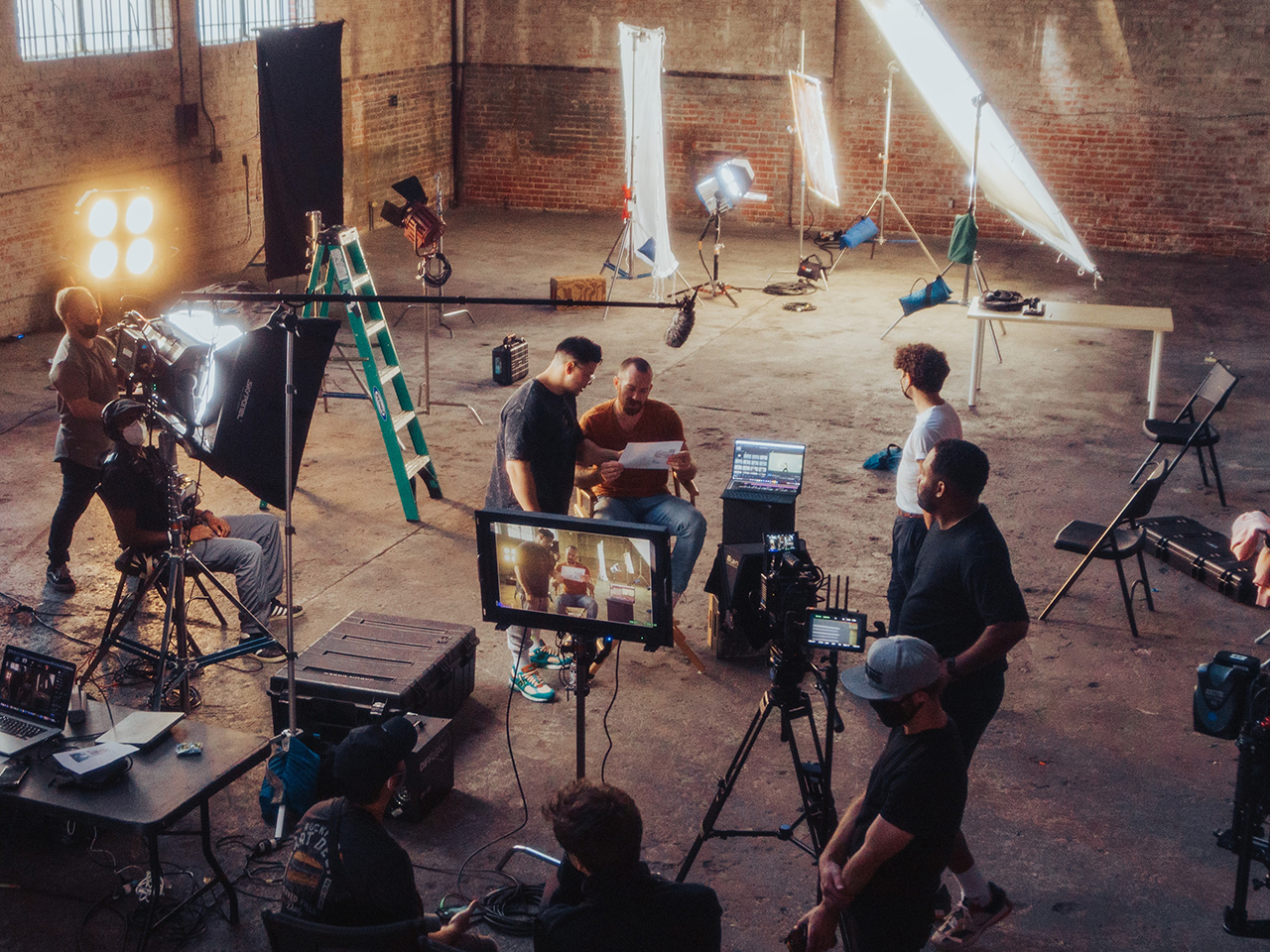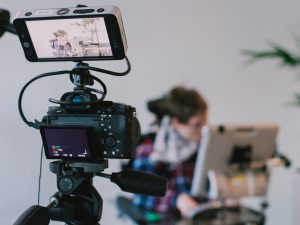In video production, where captivating visuals are the key to success, mastering cinematic techniques is essential. These techniques not only elevate the quality of your videos but also hold the power to mesmerize your audience, leaving a lasting impact. In this blog post, we’ll delve into the heart of cinematic mastery, exploring the five techniques every video producer should be well-acquainted with.
The Power of Cinematic Techniques
Picture this: a scene unfolds on screen, and the composition, lighting, and movement seamlessly align to create an awe-inspiring spectacle. This, my friends, is the power of cinematic techniques. These techniques act as your artistic palette, allowing you to craft visual stories that transcend the ordinary. The difference between a professional production and an amateur attempt often lies in applying these techniques.
Technique 1: Rule of Thirds
The “Rule of Thirds” is the guiding principle of composition, breaking your frame into nine equal parts with two horizontal and two vertical lines. The points where these lines intersect become the sweet spots for your key elements. Placing your subject or focal point along these lines or intersections creates a balanced and visually intriguing composition. Imagine a landscape shot with the horizon aligning with the upper or lower third line, effortlessly drawing the viewer into the scene.
Technique 2: Depth of Field
Depth of field manipulates what’s in focus within your shot. A shallow depth of field blurs the background, directing the viewer’s attention to the subject, while a deep depth of field brings everything into sharp focus. The power here lies in your storytelling intentions. Want to evoke intimacy and emotion? Use a shallow depth of field for a tight focus on your protagonist. On the other hand, a deep depth of field is great for wide scenic shots that convey vastness and context.
Technique 3: Camera Movement
When your camera starts moving, magic happens. The subtle pan, graceful track, and smooth dolly shot add dynamism and engagement to your videos. Camera movement guides the viewer’s eye, creating a sense of presence. Imagine following a character’s footsteps down a winding alley through a tracking shot, feeling like you’re in the scene. Remember, moderation is key. Don’t overdo it; let the movement amplify the narrative, not overpower it.
Technique 4: Lighting and Shadows
Lighting isn’t just about visibility; it’s about setting the mood and conveying emotions. Different lighting types – key, fill, and backlight – play a pivotal role in sculpting your scene. Don’t forget the shadows – they’re not just the absence of light but an artistic tool. They add depth, mystery, and dimension to your shots. Think about the interplay of light and shadow in film noir, where chiaroscuro lighting creates an atmosphere of suspense.
Technique 5: Continuity Editing
Continuity editing is the invisible thread that stitches scenes together, ensuring seamless visual flow. The 180-degree rule maintains consistent spatial relationships, preventing disorienting flips between characters’ perspectives. And then there’s the shot-reverse-shot technique, a cinematic conversation dance where the camera transitions smoothly between speakers. This technique keeps dialogues engaging, allowing viewers to focus on the emotional exchange rather than confusion.
Putting It All Together
Imagine employing all these techniques in harmony. The rule of thirds guiding a character framed against a breathtaking landscape, the depth of field focusing on their expression, a gentle camera movement creating an immersive experience, lighting playing with shadows to evoke intrigue, and continuity editing seamlessly guiding the narrative – it’s a symphony of cinematic brilliance.
Conclusion
As a video producer, your journey to cinematic excellence begins with mastering these five techniques. Remember, practice and experimentation are your allies. By implementing these techniques, you’ll create visually mesmerizing content and forge a deeper connection with your audience, making your videos unforgettable. So, armed with this newfound knowledge, embark on your cinematic adventure and weave stories that leave a mark.



